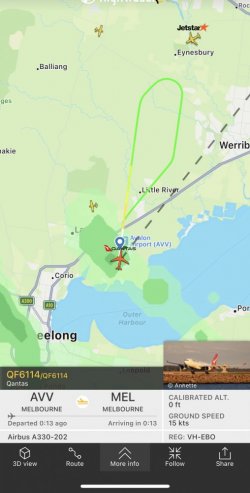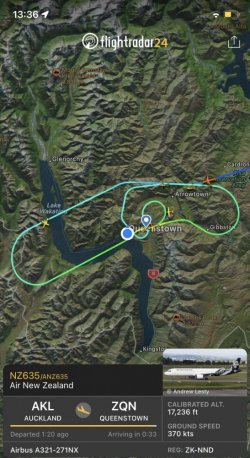AviatorInsight
Established Member
- Joined
- Oct 5, 2016
- Posts
- 1,399
The best way to stop any kind of Dutch roll (official term) is to actually let go of the controls.Yes seemed to, however they seemed to have corrected it just as they entered the flare, certainly didn’t land level though I will say that. Conditions pretty calm right down until they disconnected, then they started swinging about.
AV is that a hard thing to exit from once you have entered what I assume is over controlling roll? Obviously correct the other way to stamp it out to then reverse it back again and the process seemed to continue.
Might seem counterintuitive but it lets the aircraft get back to its trimmed state before you then readjust.

















